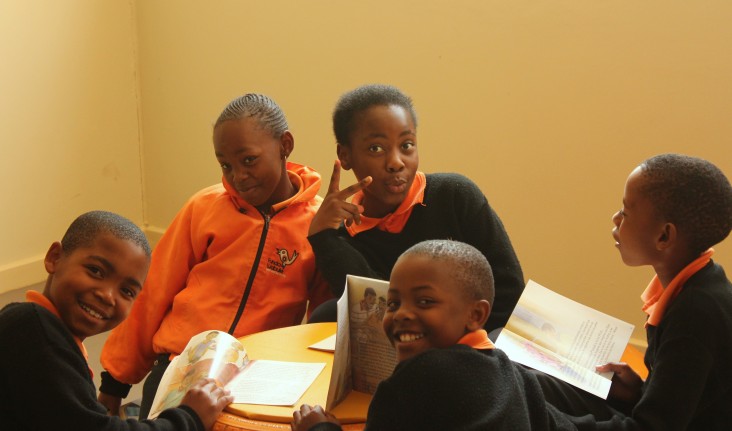Speeches Shim

The Government of South Africa considers education its highest domestic priority and the single greatest long-term challenge facing the country. Education receives the greatest share of government spending (5% GDP), with 21% of non-interest allocations set aside for basic and higher education. While the country has made enormous strides in providing access to schooling with 98.8 per cent of children aged seven to fourteen enrolled in school, it is struggling to provide a quality education in most of its 12,283,875 learners in its 25,851 schools. Most learners exiting the school system are not equipped with basic skills and core competencies necessary to succeed in the workplace, much less in a highly competitive global market.
The underperforming teacher corps is widely cited as perhaps the greatest challenge facing the South African education system. Most of the current corps of nearly 420,608 teachers is plagued by limited content knowledge, ineffective pedagogic practice and debilitating teacher morale. The weak educational system fuels crime, poverty, and disenfranchisement, which threaten national stability, development and democracy. Improving the education system is a necessary precondition for achieving many U. S. Government's foreign policy goals in country, including building a well-educated work force and reducing youth unemployment. To support South Africa to complete its transformation from its apartheid history into the region’s beacon of stability, prosperity and democratic inclusiveness, USAID supports the the School Capacity & Innovation Program.
The School Capacity and Innovation Program is designed to improve primary grade reading outcomes by building teacher effectiveness and strengthening classroom and school management. It supports local South African models or interventions that work directly with teachers and school management teams in innovative ways in order to improve their practice as instructional leaders and managers. The program is aligned to the USAID education strategy, which supports interventions to improve learning outcomes with a focus on primary grade reading as a measure of performance. Selected models receive funding to expand, refine and rigorously test their interventions, in preparation for broad scale-up at the district, provincial or national level. In addition to seeking initiatives that demonstrate innovation, impact and a vision for growth, the program encourages entities that demonstrate partnerships with like-minded organizations and/or school districts and provincial departments of education. The ELMA Foundation is a key strategic program partner. ELMA will match USAID funding on a one-to-one, co-funded basis, as well as co-direct implementation. J.P. Morgan is another strategic partner to USAID and has also committed significant funding to support this program. The GoSA’s Department of Basic Education has been represented on the SCIP Steering Committee by a Deputy Director General.
USAID, AusAID, and World Vision partnered to establish a multiyear initiative named All Children Reading: A Grand Challenge for Development. All Children Reading seeks to encourage game-changing innovations with the potential to dramatically improve reading skills among primary grade children. As part of this initiative, these founding partners launched the All Children Reading grant competition to address two critical needs that remain largely unmet in low and lower-middle income countries: teaching and learning materials and education data. Within these two areas, the grants support innovative approaches that draw upon current research findings on effective instruction in primary grade reading as well as information and communications and technology advances that may lead to substantial impact on student learning outcomes at scale. Through the competition, the founding partners sought innovations that will produce development outcomes more effectively and cost efficiently and that will reach more beneficiaries.


Comment
Make a general inquiry or suggest an improvement.